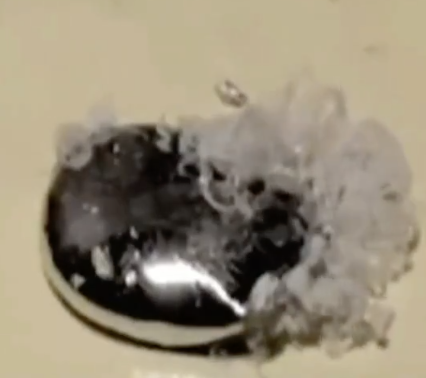We’re going to run occasional pieces that cover what the mainstream call a conspiracy theory but we feel sufficient intellectual effort has been made in presenting the case that we are prepared to them a platform to express their opinions. They are reproduced without comment. We neither condemn nor support their views, they are supplied for interest alone.
This video purports a link between mercury in vaccines and autism and the efforts to coverup that link.
The Simpsonwood Coverup
— Inversionism (@Inversionism) August 29, 2023
Here is an edit from the documentary Trace Amounts, detailing how the CDC and their criminal partners at various pharma corporations discovered an undeniable link between mercury in vaccines and autism, and then spent every waking moment and all their… pic.twitter.com/t5v3h4N7n6
More here: https://kirschsubstack.com/p/what-really-happened-at-simpsonwood
Read this article on the CHD website summarizing the meeting: The Simpsonwood Meeting: 23 Years Later which describes the meeting as a “how do we cover up the signal.”
Here is the original Verstraeten study which shows the connection with autism. RR=7.6 is huge. It means mercury causes autism.
Here is a transcript of the Simpsonwood meeting which was held to figure out what to do about the paper.
It’s a long read, so this excerpt gives you the highlights in a much shorter amount of time. The key thing was the study by Verstraeten. Version #3 was presented at that meeting.
This web page describes each version of the Verstraeten study. Search for “A “SIGNAL” DISAPPEARS ACROSS FIVE GENERATIONS OF STUDY.” In that section they’ll talk about a signal that “won’t go away.” They basically massaged the numbers to make the association “go away” so they wouldn’t have to admit making a mistake which would be a PR disaster. They say: There are serious methodological limitations, design flaws, conflicts of interest or other problems related to each of these 16 studies. These flaws have been pointed out by government officials, other researchers, medical review panels and even the authors of the studies themselves. Taken together, the limitations of these studies make it impossible to conclude that thimerosal and MMR vaccines are not associated with autism.
A counter argument
In 1999, one Thomas Verstraeten and three colleagues submitted an abstract for the EIS conference, presenting results from the early stages of a two-phase study*. It was preliminary, as many, many such submitted abstracts are. They indicated ‘no strong preference for a poster presentation’, which means that they were OK with getting up in front of the conference attendees and discussing their findings on the record. The zombie-like story making the rounds would have you believe that submitting the abstract “required the approval of top CDC officials prior to its presentation at the Epidemic Intelligence Service (EIS) conference,” but all conference abstracts require approval from the people running the conference–which, in this case, was the CDC.
The authors reported using raw data from the Vaccine Safety Datalink and HMOs in the Pacific northwest to identify mathematical relationships between thimerosal-containing vaccines and developing neurological and renal impairment (thimerosal is a preservative that contains ethylmercury and prevents dangerous contamination of large volumes of vaccine. It currently is present in multidose vials of flu vaccine). In their comparison of what they call the “highest exposure group” to an “unexposed group,” they reported an increased risk for nondegenerative neurological disorders.
The year of the EIS conference submission*, 1999, was a turning point for thimerosal in vaccines. And then in 2000, the Simpsonwood Conferencetook place, an assemblage of experts from inside and outside the CDC to discuss the thimerosal issue. The entire transcript of that conference is available here. Verstraeten was in attendance and presented on the data related to the not-even-remotely concealed results from his two-phase study. One thing he noted–and this issue probably is one of many that drives differences between a conference abstract and a final publication–was variability related to the HMOs gathering the data. Those differences mattered to the outcomes and had nothing to do with thimerosal.
FORBES (2014)
